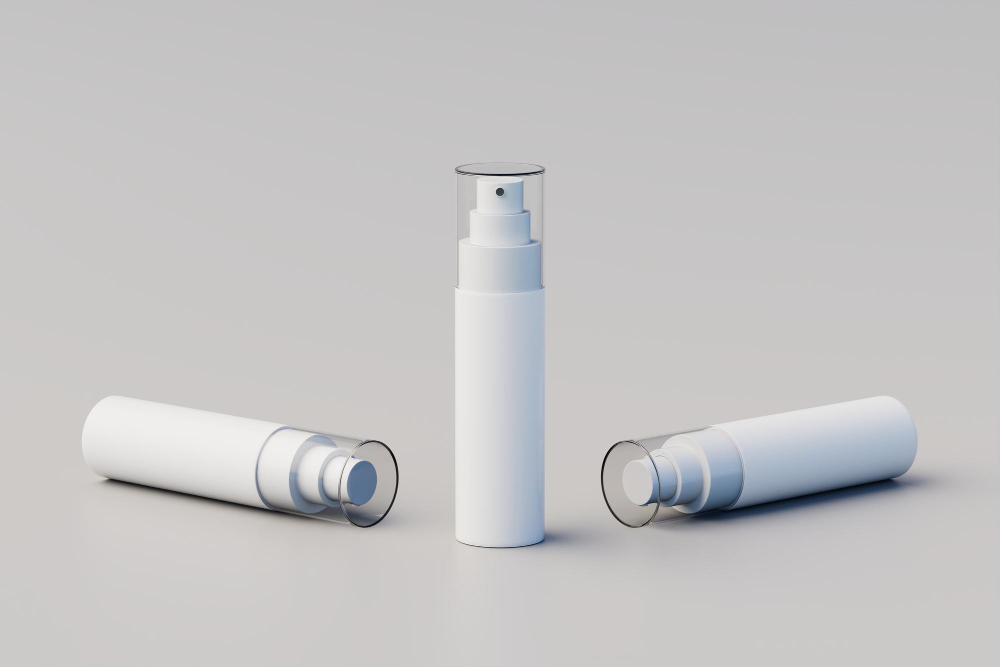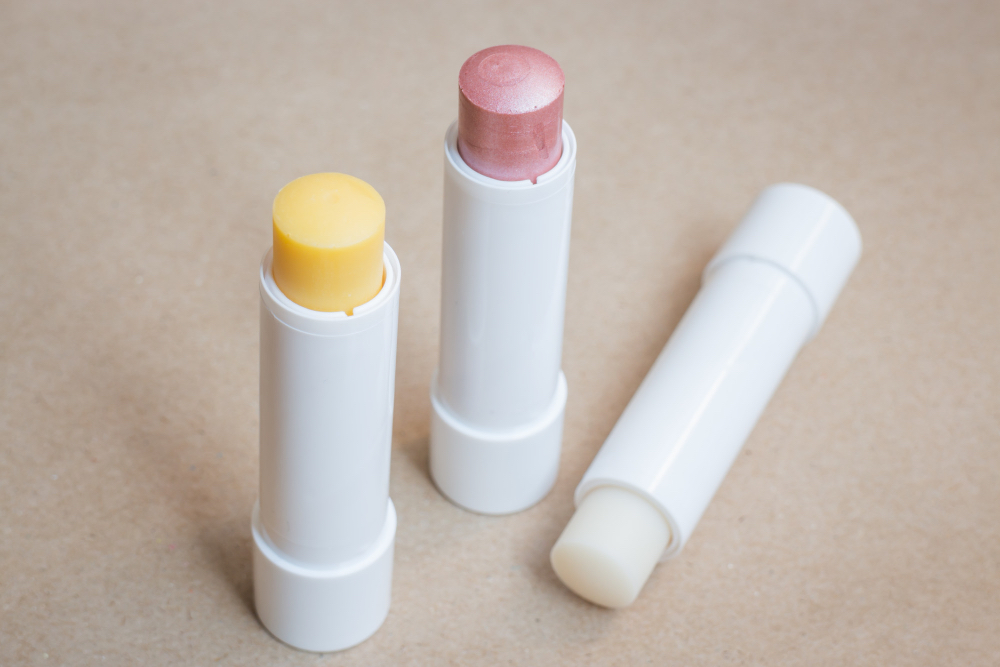The demand for sustainability in packaging has transformed the beauty and personal care industries. Today’s consumers are not only conscious of what they apply to their skin but also of how their favorite products impact the planet. As brands race to adopt eco-friendly solutions, one packaging innovation stands out — airless bottles.
These sleek, functional containers promise to protect product integrity and minimize waste, but a question remains: Are airless bottles really sustainable? Let’s explore how they fit into the growing movement toward environmentally responsible packaging.
What Exactly Are Airless Bottles?
Airless bottles are advanced dispensing systems designed to protect sensitive formulations from air exposure and contamination. Instead of relying on traditional pumps or jars, they use a vacuum mechanism that pushes the product upward as you use it — ensuring zero contact with air and minimal leftover waste.
They’re commonly used for skincare, cosmetics, and pharmaceutical products where product freshness, texture, and stability matter most.
Why Airless Bottles Are Seen as a Step Toward Sustainability
1. Minimal Product Waste
Traditional pump bottles and jars often leave behind 5–15% of product that’s impossible to reach. Airless bottles, however, can dispense nearly 100% of the formula, ensuring nothing goes to waste. Less product waste means more efficient consumption and a smaller environmental footprint over time.
2. Longer Shelf Life
By preventing air, bacteria, and oxidation from degrading the contents, airless bottles extend a product’s shelf life naturally. This not only means fewer preservatives are needed but also reduces the chances of products being discarded early — supporting more sustainable usage habits.
3. Hygienic and Safe
Since users don’t dip fingers into jars or open containers repeatedly, the risk of contamination drops significantly. This hygienic benefit helps maintain the product’s quality longer — further reducing the waste associated with spoiled products.
The Sustainability Challenges of Airless Bottles
While airless bottles have many strengths, they’re not without limitations when it comes to eco-friendliness.
1. Complex Material Design
Most airless bottles are made with multiple layers of plastic or metal components to ensure durability and precision. This complexity makes them difficult to recycle, as separating materials isn’t always feasible in standard recycling facilities.
2. Plastic Dependency
Although lighter and more efficient than some alternatives, airless bottles still rely on plastic — and their sustainability depends heavily on whether brands use recyclable or post-consumer recycled (PCR) materials.
3. Limited Refill Options
Many airless packaging systems are single-use by design, meaning the entire container is discarded once empty. Without refill options or recycling programs, this contributes to packaging waste even when the product inside is used responsibly.
How Brands Are Making Airless Bottles More Sustainable
Fortunately, the packaging industry is rapidly evolving to make airless bottles greener and smarter:
- Recycled & Bioplastic Materials: Brands are increasingly using PCR materials or bioplastics to reduce reliance on virgin plastic.
- Refillable Airless Systems: Some innovative designs now allow consumers to replace internal cartridges instead of discarding the entire bottle.
- Lightweight Engineering: Reducing material thickness lowers both manufacturing and shipping emissions.
- Recycling Programs: Forward-thinking brands are introducing take-back schemes or partnerships with recyclers to ensure proper disposal.
These advancements are helping bridge the gap between functionality and environmental responsibility.
What Consumers Can Do
Sustainability is not solely a brand’s responsibility — it’s a shared mission. Consumers can make impactful choices by:
- Choosing brands that offer recyclable or refillable airless bottles.
- Recycling properly, following local sorting guidelines.
- Supporting sustainable brands that communicate transparency in materials and sourcing.
- Buying consciously, focusing on quality over quantity.
Every informed decision contributes to the larger shift toward circular, low-waste consumption.
The Verdict: Are Airless Bottles Eco-Friendly?
The answer is — partially, but increasingly yes.
Airless bottles stand out for reducing product waste, extending shelf life, and supporting hygienic use — all valuable sustainability benefits. However, their overall eco-friendliness depends on material innovation, recyclability, and refillability.
For brands, investing in refillable, recyclable airless systems can align sustainability goals with modern consumer expectations. For consumers, choosing responsibly packaged products can drive that change faster.
In essence, airless bottles represent an important milestone in the journey toward sustainable packaging. With continuous innovation and conscious use, they can evolve from being “better” for the planet — to being truly eco-friendly.









.svg)
